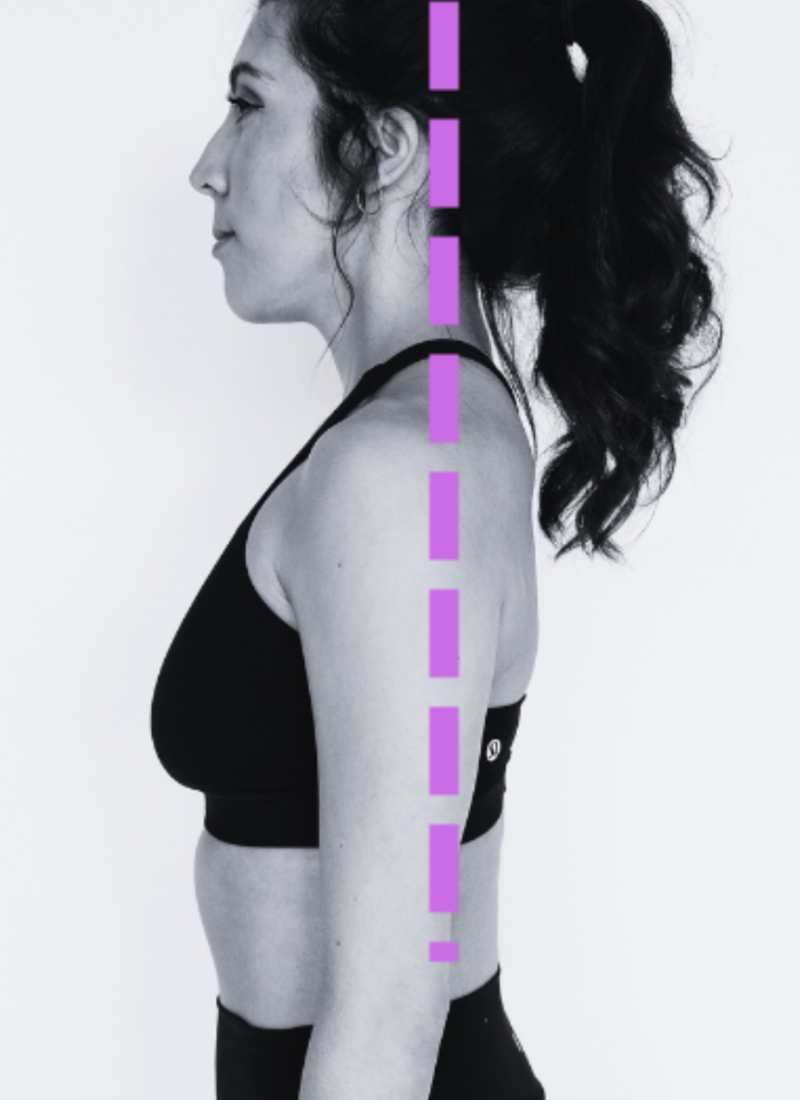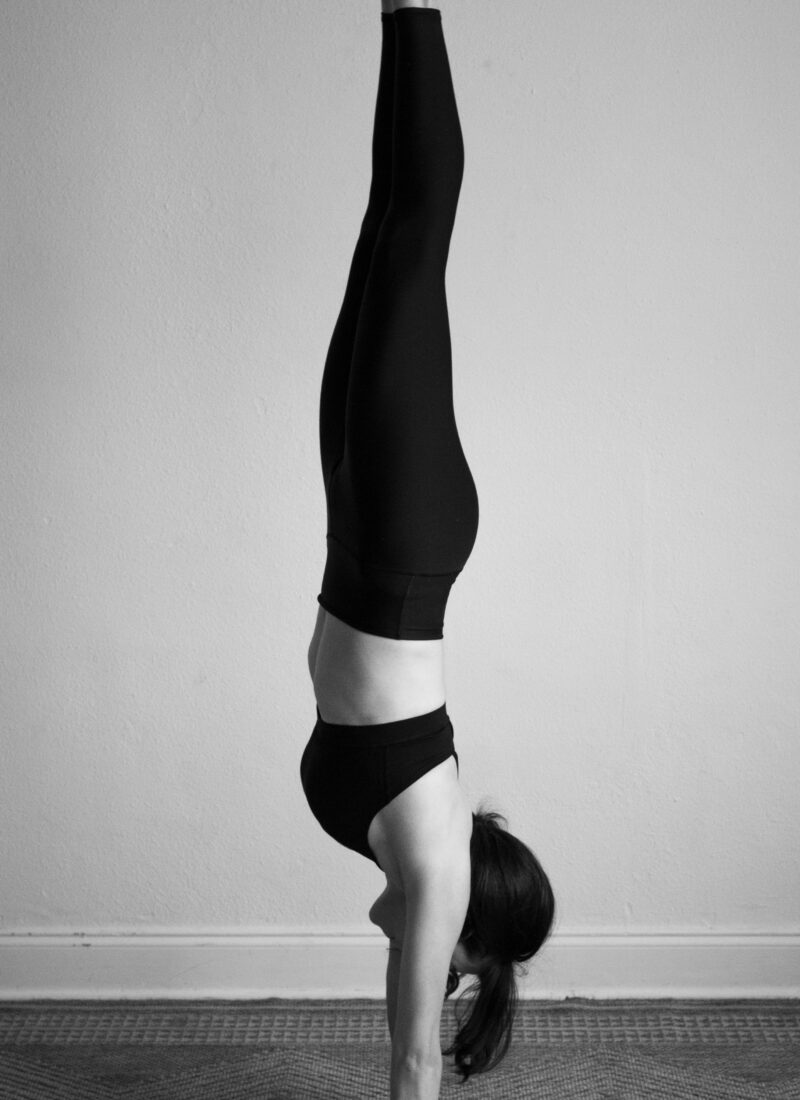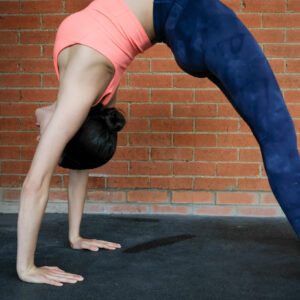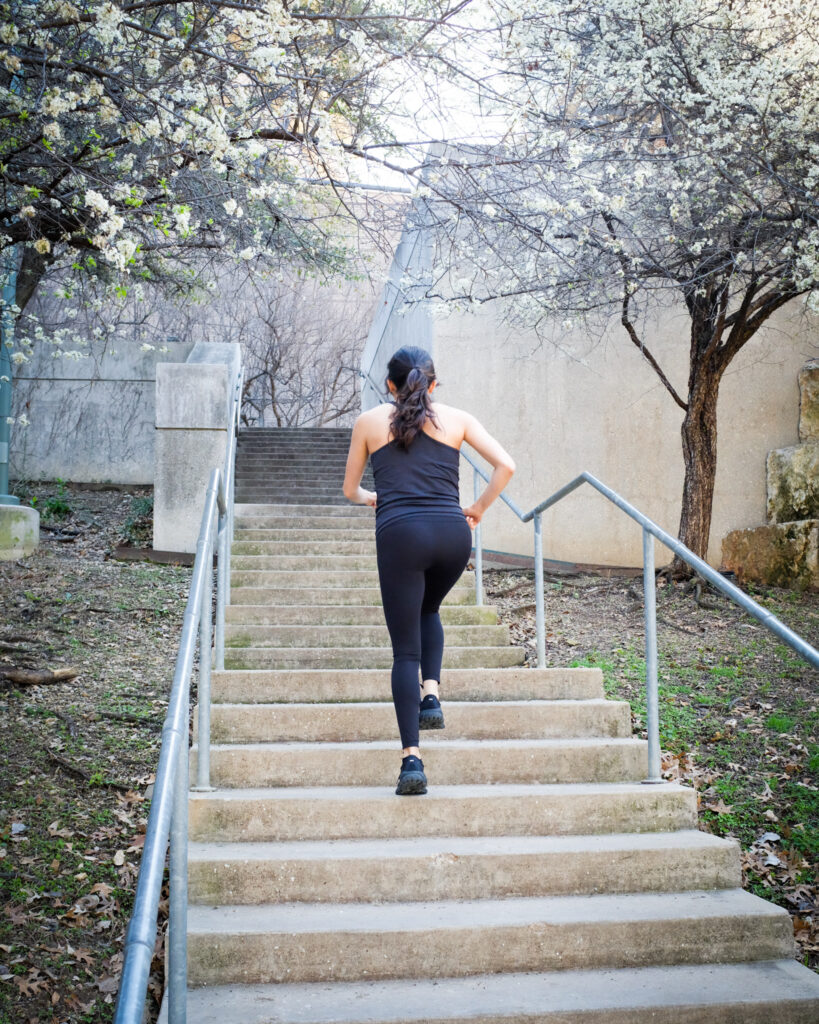
The following content may contain affiliate links. When you make a purchase using these links, I receive a commission at no extra cost to you. Thank you for supporting this website.
Should you workout when sore? This is a common question for one to ask in our no pain no gain gym culture, where you may feel the need to push yourself to the point of injury. When does working out when sore does more harm than good? Let’s dig deeper into the science and wisdom behind this question.
This article is going to answer the question, should you workout when sore?
First of all, what even causes muscle soreness?
Delayed onset muscle soreness, also known as DOMS, is a familiar experience for professional athletes and beginners alike. There are several theories around why muscles become sore. These theories include lactic acid buildup, muscle spasms, connective tissue damage, and inflammation, just to name a few.
Probably one of the most prevalent theories is that muscle soreness is caused by small micro-tears to your muscles after a workout. This type of soreness is nothing to worry about and you should take it as a sign that you’ve challenged your body in a new way and that you are getting stronger. In fact, the healing process after creating these micro-tears during exercise is what strengthens and builds muscle, so this will make your muscles larger and stronger.
Are There Any Benefits to Working Out While Sore?
There are benefits to working out while sore. One benefit of working out while sore is that it may increase your circulation. This increase of blood flow to those sore muscles may help you to speed up the recovery process.
Another benefit to working out while sore is that it will decrease the chances of you losing your progress. By taking too much time off, you may start to decondition your body and that will leave you off in an even worse spot than where you were before.
Keep in mind, however, you should listen to your body. If you are struggling to even get through your regular, daily routine, then it is probably best for you to give your body the rest it needs.
However, if your soreness is minimal, you may feel ok to workout. In fact, you may reap the aforementioned benefits and accelerate your recovery process.
Are There Risks to Working Out When Sore?
You probably already guessed that the biggest risk of working out while sore is injury. The main thing to remember is that your sore muscles are going to need to rest in order to recover and come back for more later.
The safest way to workout while sore is to plan for certain muscle group to rest on certain day. Plan a routine where you can alternate which muscle groups you are working on.
Another way to plan a routine that anticipates muscle is soreness is to incorporate other forms of exercise into you weekly regime. For example, you can take a break from usual weight lifting on certain days and do yoga, running, or play a sport with friends instead.
Here is an example of a weekly routine to help minimize overuse of any particular muscle group.
Monday – Back and Biceps
Tuesday – Legs
Wednesday – Rest or Active recovery (ie. yoga, walking, bike riding)
Thursday – Chest and Shoulders
Friday – Back and Legs
Saturday – Cardio
Sunday – Rest
This type of workout schedule can help you stay balanced and well rounded. And don’t forget, if you’re sore you won’t exercise to the best of your usual ability. Just do the best that you can but stop if anything is causing you excess pain or feels wrong to your body.
Keep in mind, muscle soreness may cause you to have a less optimal athletic performance due to the pain causing you to move less than normal. Due to this decrease in your range of motion, you may start to compensate by recruiting other muscle groups to help you perform at your best, and this may cause stress to your muscles and tendons, potentially leading to injury. Know your limits.
Are You Injured or Just Sore?
If you are on the fence about whether or not you should workout while sore, it is important to first determine if you are experiencing DOMs or if you are injured. Here are some signs and symptoms to help you tell the difference:
The Pain Doesn’t Go Away
Muscle soreness usually has an onset within a couple of days and should go away after a few days. Injuries, on the other hand, hurt suddenly and lasts longer than just a few days.
You Have More Symptoms Than Just Soreness
If you have been injured, in addition to pain, you may also notice bruising, inflammation, swelling, sharp pain, or a decreased range of motion for greater than one week.
Sudden Pain
DOMs takes effect in a day or two but an injury may be painful suddenly and instantly.
Your Discomfort is Impacting Daily Activity
Regular muscle soreness might make walking up the stairs or sitting down uncomfortable for a few days, but you should still be able to function. If your pain is keeping you from going about your day as usual, like severe calf pain that disables you from putting weight on your leg, or discomfort in your arm that makes it impossible to lift light objects, these are signs of injury.
As always, listen to your body and don’t push your limits if it causes excess pain. When in doubt, stop working out and seek expert evaluation by a healthcare provider.
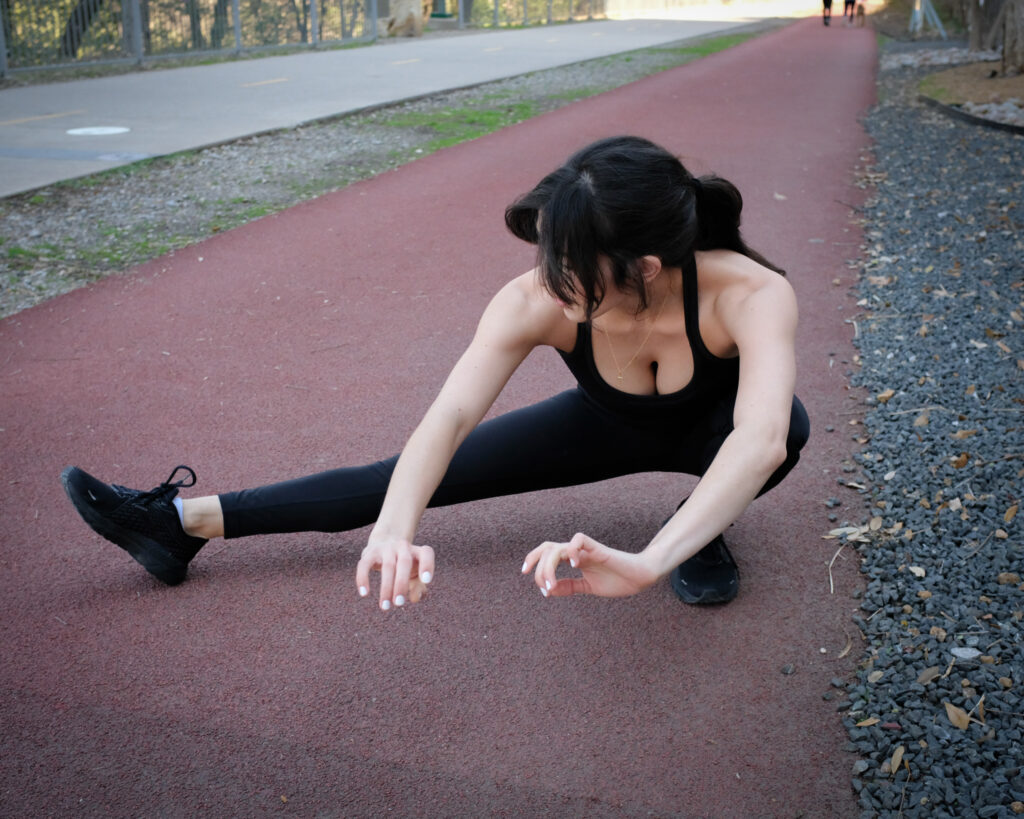
How to Treat and Prevent Soreness
Although muscle soreness is quite common and should be expected after workouts, you may want to know what you can do to minimize post-exercise pain so that you can keep performing optimally.
These are some of my go-to actions in helping me get over DOMs:
1. Foam Rolling
According to Houston Methodist, “Foam rolling is a type of soft tissue work that’s more formally called myofascial release, and it can help alleviate muscle pain and tension caused by adhesions that can form between your muscle and your fascia”
I love using my TriggerPoint CORE foam roller since it has a grid of trigger points to help dig deep into those achy muscles.
2. Going For a Walk
Getting active such as going for a walk helps to increase blood flow to your sore muscles. I always found that walking, running, or using the stair climber made my muscles feel a lot better, especially if I was feeling sore in my legs.
As always, listen to your body and get to know your limits to prevent injury. If you are unable to function due to the soreness, you may have an injury such as a muscle strain and should seek a doctor’s advice.
3. Stretching
When I get sore, stretching has always helped me to feel better. Mentally, I find stretching relaxing for my body and it helps me to feel less stiff.
From a scientific perspective, flexibility training allows more blood and oxygen to flow to your muscle fibers. This speeds up the recovery process by increasing the blood flow in your body to those achy muscle groups.
All of that said, there is no fool proof magical remedy for DOMs. Complete muscle recovery can take up to seven days.
What Not to Do When Sore
1. Have Poor Form
Since you are experiencing pain, you may have poor form due to those achy muscles. If you are having bad form, don’t do the exercise as this may lead to injury.
2. Be Too Sedentary
If you don’t move for too long from the achy muscles, you are going to slow down the recovery process even more. Ever head the saying, “Motion is Lotion?” This is because the increased blood flow is going to help those achy muscles feel less stiff.
3. Give Up Because it Hurts
Your body needs time to adapt to a new exercise regime. Having sore muscles after a workout is to be expected and this should help you feel motivated because it is a sign that you are getting stronger!
This article was all about should you workout when sore.
In short, working out when sore is almost always safe and it likely will do you some good. Remember to know your limits, monitor your symptoms for any signs of injury, and have fun reaching your physical and athletic goals.

